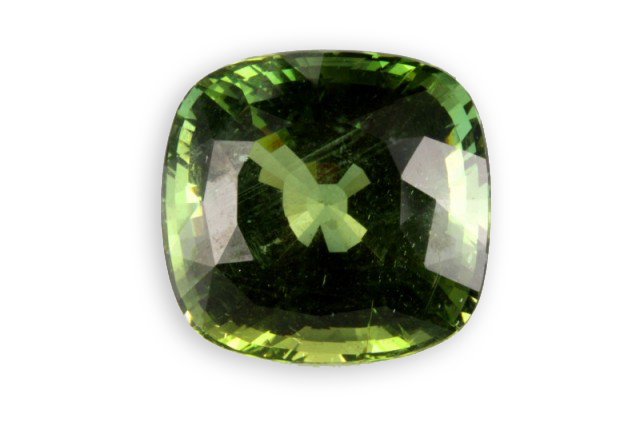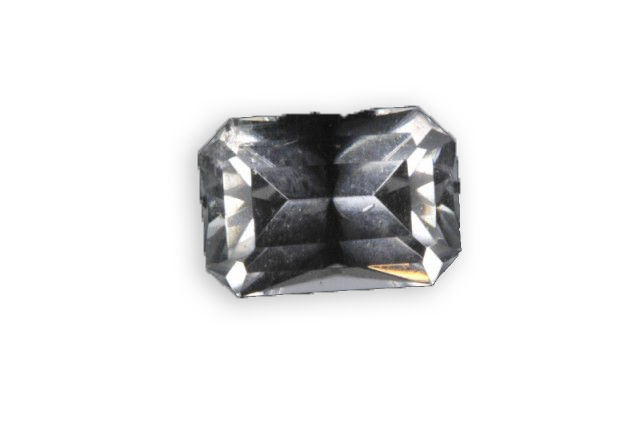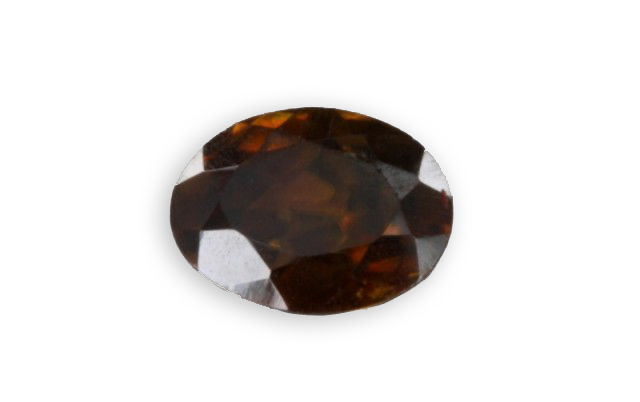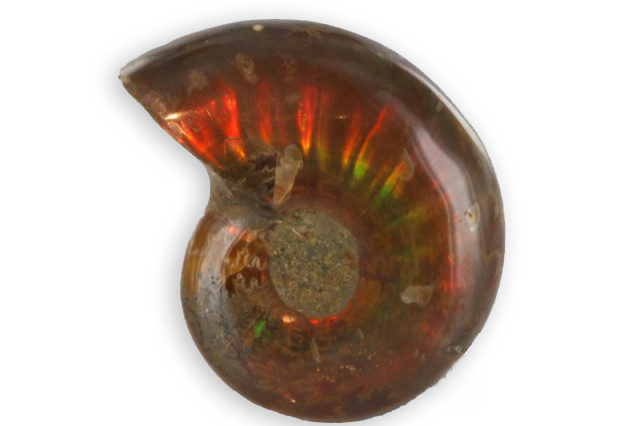
blue
Je vous emmène à travers mes vidéos découvrir mon expérience acquise depuis plus de 30 ans a silloner le globe entier à la recherche de pierres précieuses, de rencontre mémorables mais aussi de difficulté parfois …
actualités
Categories



anhydrite
ck_admin
March 24, 2021
Identified by Werner in 1804, its name comes from the Greek “anhydros” which means without water, as opposed to gypsum, which contains it. A blue variety that comes from Peru is called Angelite. Another variety from Italy (Costa Volpino in Lombardy) is called vulpinite.


anatase
ck_admin
March 24, 2021
Its name comes from the Greek “anastasis” which means stretched, elongated, as the form of its bipyramid crystals. It was discovered in France, in Bourg d’Oisans in Isere, by Schreiber in the late eighteenth century, but it is Haüy who attributed its name in 1801.




